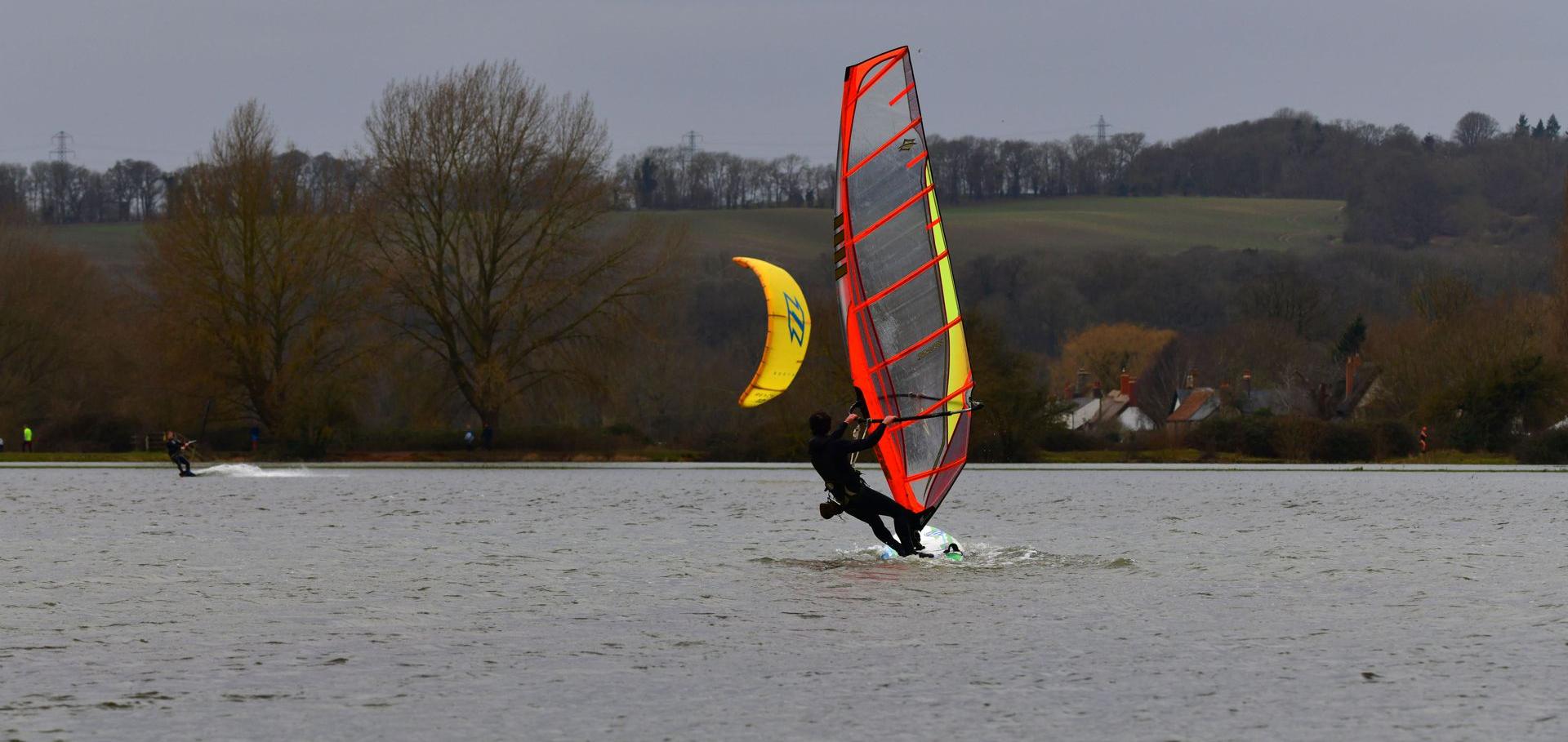Steps and bumps: precision extraction of discrete states of molecular machines using physically-based, high-throughput time series analysis
(2010)
Time for bacteria to slow down.
Cell 141:1 (2010) 24-26
Abstract:
The speed of the bacterial flagellar motor is thought to be regulated by structural changes in the motor. Two new studies, Boehm et al. (2010) in this issue and Paul et al. (2010) in Molecular Cell, now show that cyclic di-GMP also regulates flagellar motor speed through interactions between the cyclic di-GMP binding protein YcgR and the motor proteins.Conformational spread as a mechanism for cooperativity in the bacterial flagellar switch.
Science 327:5966 (2010) 685-689
Abstract:
The bacterial flagellar switch that controls the direction of flagellar rotation during chemotaxis has a highly cooperative response. This has previously been understood in terms of the classic two-state, concerted model of allosteric regulation. Here, we used high-resolution optical microscopy to observe switching of single motors and uncover the stochastic multistate nature of the switch. Our observations are in detailed quantitative agreement with a recent general model of allosteric cooperativity that exhibits conformational spread--the stochastic growth and shrinkage of domains of adjacent subunits sharing a particular conformational state. We expect that conformational spread will be important in explaining cooperativity in other large signaling complexes.Time for Bacteria to Slow down
Cell 141:1 (2010) 24-26
Abstract:
The speed of the bacterial flagellar motor is thought to be regulated by structural changes in the motor. Two new studies, Boehm et al. (2010) in this issue and Paul et al. (2010) in Molecular Cell, now show that cyclic di-GMP also regulates flagellar motor speed through interactions between the cyclic di-GMP binding protein YcgR and the motor proteins. © 2010 Elsevier Inc.Response of the Bacterial Flagellar Motor to Controlled Temperature Change
Biophysical Journal Elsevier 98:3 (2010) 159a


